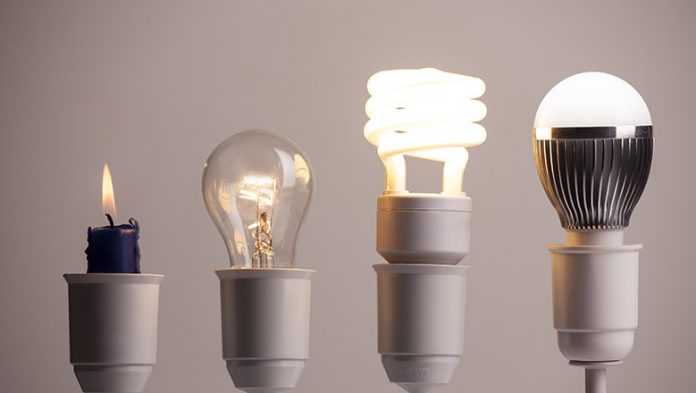LED lighting is now widely available, but is it ready for the mass market, and is the mass market ready for LED? While it is developing quickly, it is still a relatively new technology that is going to take a while to establish itself.
Are consumers ready for LED?
Since it was first developed in 1927, LED technology has gone through many changes, most of these in the last 5 years. This is mainly due to worldwide legislation changes to stop the production of incandescent bulbs, and the fact that consumers were not bowled over by their CFL (compact fluorescent) replacements.
You may think that the arguments for switching to LED are persuasive; with energy prices rising rapidly, LED spots 230 v lighting uses approximately 80% less energy than incandescent lighting, and these savings can be further increased with the use of intelligent lighting control systems designed to work with LEDs. Also, LED manufacturers claim that most LEDs have a 30 year life, compared to 6 to 12 months for a traditional bulb, or 5-10 years for a CFL. Also, unlike CFLs, LEDs contain no toxic mercury.
So, over the lifetime of the product they are much cheaper to use than other light sources, and they are environmentally sounder: as they last longer landfill is reduced, there are no harmful chemicals to dispose of, and they save energy.
So although more people are making the switch from traditional to LED, why isn’t everyone?
Initial high cost
LED is the initial high cost, and until this comes down, which it will in this fast-moving market, many people are not going to be persuaded to switch, even with the knowledge of long-term cost savings. Putting your hand in your pocket and handing over £30 for an LED bulb is a lot harder than spending £1 on a traditional one.
CFLs are not well liked
The last big change in lighting was about 10 years ago with the introduction of compact fluorescent bulbs. These were sold on their energy-saving benefits, and they could be purchased from between £2 and £10. Many people made the change, but were unhappy with the product: they didn’t like the slow start-up time, the colour output was poor, the bulbs looked ugly, and there were problems with dimming. This has made the public wary of another new product.
LED technology changes
All the major lighting manufacturers are investing in researching and developing LED technology to try to improve their results while at the same time expand their range. This means that product changes are taking place every couple of months, with greater and greater claims being made about the life and efficiency of LEDs, making the market a very confused place. How can consumers confidently purchase a new LED bulb when the same manufacturer replaces it with a “better” model only 4 months after it’s been released?
How to compare different light sources
One major problem is the lack of a standard testing procedure between products, and there is therefore great difficulty in comparing incandescent, compact fluorescent and LED bulbs. If the consumer wants to replace their traditional lightbulb with LED, they want something that’s going to give a similar or better light output, but comparing wattages and lumen outputs is difficult. In fact looking at lumens per watt is probably the best way to compare, but has its problems:
Direction
Other technologies cast their light in multiple directions, whereas LEDs are single directional, more like a torch. So when comparing lumens, you are comparing light which is being spread over a greater angle (traditional bulbs) with light travelling in one direction (LEDs). So a direct lumen comparison does not precisely reflect the quantity of light which will get to the application surface. This means in situations where a directional beam is required, LED will generally do a good job, but where a spread of light is required to replace an incandescent light, LED is going to look much dimmer. Until LED bulbs are generally available with a greater beam angle, such as 120° compared to the standard 38°, the quality of light is not going to be the same.

